
Mark Leckey var en af de første kunstnere, der for alvor åbnede armene og begejstret lod sig besætte af den nye ånd som smartphones, wearables og alle de nye digitale platforme slap løs.
Der var for eksempel dengang Leckey (f. 1964) på flydende «SmartFridgsk» kanaliserede et køleskabs erkendelse af, at dets opfindere havde tildelt det kunstig køleskabsintelligens. Kredsende omkring dette køleskab med et green screen klæde draperet over sig samt kølevæsker i lungerne, manede Leckey frem hvad sådan et aggregat mon spekulerer på og hvad det sladrer om med alle dets nye smarte venner.
Med en sådan tilgang — en hvor kunstneren ikke stiller sig udenfor, men snarere gør sig selv til et slags medie, hvor samtidens dagsorden farer igennem — var Leckey utvivlsomt med til at inspirere en generation af kunstnere og deres forhold til, hvad det at være kritisk betyder. Men som de digitale platforme med tiden har gjort sig tydeligere til kende, har Leckey fået en fornemmelse af, at man som medie måske ligeså vel kan blive besat af urovækkende genfærd som af magiske ånder.
Kunstkritikk har talt med Leckey under forberedelserne til uddrivelsen et sådant uvelkomment genfærd. Eksorcismen kan bevidnes fra og med i morgen, når Statens Museum for Kunst i København åbner hans nyeste produktion, He Thrusts his Fists against the Posts but Still Insists he Sees the Ghosts. Den rummer et ganske særligt sted fra Mark Leckeys opvækst udenfor Liverpool: Ramperne under motorvejsbroen M53 i byen Ellesmere Port.
Samtalen foregik på engelsk.
I had an idea. I thought, in the spirit of how you work yourself, that it would be fun to aggregate your answers from earlier interviews for all the background information – instead of asking you what you have been asked a million times. That way, we have more time to talk about things that concern you right now.
Janus, that is the best possible thing you could have said to me. I’ve got into a rut when it comes to questions about how I started. Especially how I made Fiorucci Made Me Hardcore.
Fantastic. As for the exhibition at The National Gallery in Copenhagen, what are you showing?
I am elaborating on a piece that I did at MoMA PS1 in New York recently. It will be the bridge I built there, almost exactly the same, except there’s nothing in it apart from yellow lights. The bridge is a life-size copy of a freeway overpass. When I was a kid, about eight, we used to sit under the overpass and eat sweets and be a bit naughty. I have this very vivid memory of thinking I saw a pixie underneath it, and it wasn’t until I was about nineteen that I realised I hadn’t stopped believing in it. When I was a little older, I would take magic mushrooms. Everything would go orange. I want people, when they come into the space, to feel both polluted, in its sickly, yellow glow, and that they’ve moved into this altered state; a state that’s akin to what music does — where you get lost. In a way it is sinister, it is a ruin. These yellow lights inside the bridge are sodium street lamps, which are normally used to illuminate British motorways. Finally, for the end of the PS1 show I also did a performance, a kind of exorcism. I will make a version of that, but this time it’s a sound recording. This time it’s going to be more like a musical or a radio play. Maybe 5.1 surround sound, immersive sound.

How are you taking this version of the work further from the performance?
At the moment I am pursuing rhetorical devices. There’s a Greek term, plenoasm. It’s where you put in more words than necessary. So you would say «darkest black» instead of just black. They’re all for emphasis. And, this is one of my favourites, anadiplosis. That’s when you repeat elements from the line you just said. For example, ”when I give, I give to myself”. It’s to make it more repetitive, more musical; I steal a lot from music. Rhetoric is really for finding a rhythm or patterns.
What’s the function of that?
So you don’t get bored. But also, it just makes it a little bit more sing-song. I think there are too many words in art. Since I’m a “talker” as well, I’m trying to find a better way. There’s always that drive to make music for me. I think music works much better than art does. So that’s going to be a big element in Copenhagen. Music, youth, exorcism. Everyone can produce an image. Everyone can make video. The tools are available to everyone. And sometimes it feels like, for art, it is more about its critical or theoretical role. But in the end, artists aren’t that different from any other image-makers. I don’t believe art is in advance of the rest of culture. Not to me. It’s much more horizontal, and if art is not in advance of anything, then, what is its claim?
What is your claim?
I don’t know. I’m embedded deep within the art world, but I’m always trying to wrest myself out of it. That creates a dynamic.
That’s a leitmotif in itself?
Yeah. It’s useful, it’s productive.

Eight years ago you made your lecture The Long Tail, which is an analysis of the implications of what was happening technologically at the time: The radical opening up of access and distribution of information. It was a very optimistic lecture. I feel like a lot of your work still spins off that analysis. But technology has changed so much. Do you still believe that things are as animated and as exciting as they were then?
When I look back at The Long Tail, what I sort of misunderstood was that technology is magic. I realised later that it has less to do with magic and more with a kind of eeriness. I think that shines through in the work for The National Gallery. Eeriness is different from magic. They’re both kind of supernatural, but one suggests a kind of a transformation of reality. While the other suggest that the real is ungraspable or occluded or hidden in some way. At the time I wanted to understand these new magical technological devices. I was struggling to grasp the reality they were producing. So that’s why I did The Long Tail.
It seems that the analysis which The Long Tail was based on produced a whole new body of work for you. That’s pretty exciting, don’t you think? You almost ended up having two practices within your practice. The methodologies of them are quite similar, of course. They fed off each other.
I think it was the result of a particular moment. I was teaching at Städelschule Frankfurt, and I just felt that in any discussion at the time – everyone was beginning to draw on this huge network, this archive of information. And that was new. That kind of research-based art came out of the encyclopaedic knowledge that was suddenly available. I was just in there a bit early, I would say.

How do you find information yourself?
Way back, I didn’t make art for a long time. I did web design in America in the very early days in the ‘90s. I had a kind of earlier technical awakening than most. Certainly more than most people in the art world. That technical interest actually came from my interest in music. Through music I found a sort of auto-didactic thirst for information.
That’s a nice expression.
Well, I grew up with music at a time, in the early ‘80s, where a lot of information was passed through the graphic design on record sleeves, through posters, etc. You know, bands were using all of the packaging of the record to distribute communiqués. I learned about Gramsci from Scritti Politti. You learn about Russian constructivism from, you know, everyone. That was an early education, sort of pre-art school. It made me very aware of how to collect information essentially. It’s a kind of Gnosticism, you have to go out and find these kinds of clues in order to build a picture that you hope will bring enlightenment at some point. It’s a non-institutional way of learning. So when the internet came along, I was ready for that.
Are you on Facebook? Are you on Instagram?
I’m on Instagram, not on Facebook.
A lot of people find that what they search for is always limited within their own so-called echo chambers. If you search for information through the links that come up in your Facebook feed, it’s going to be a quite limited experience of the world. So being good at digging out information is really a special asset.
If you’re a political activist, for example, then you need to understand the arguments being put forward by the Right, by Libertarian groups, by Maoists. You need to be able get your tentacles out there. And you can. You can find this information. But it has to be coming from a very strong core, from a position that needs to be defended and understood. Otherwise you’re just at sea. You’re lost. The idea that an artist is some kind of seafarer of information, just throwing their net out, trawling the information, and just gathering it in in an interesting way — that seems untenable now. I go on Twitter and I follow people to the extreme left and the sort of medium right. I can’t follow the extreme right; it’s just too fucking ugly. But you need to know what your enemies are saying, and you need to know what your peers are saying.

We should relate this to the work you’re showing in Copenhagen. In your body of work Dream English Kid, of which the National Gallery shows a segment, it all circles around nostalgia; reanimating your personal past.
If we go back to music or the footage from that time, it affects me. I make the work I make in order to satisfy something in myself. But at the same time there’s a hope or a kind of desire that it affects others in the same way as it affects me. It’s a sort of a request: Does this do the same thing to you as it does to me? Is this as powerful to you as it is to me?
I like this word, exorcism. It’s one I use a lot to describe what I am doing myself these days. You have described your enquiry into your past as an exorcism of your own pathologies. This is what the work at The National Gallery is trying to do too, right? You’re in a way exorcising your relationship to that bridge from your youth. Is that an eternal struggle? Or is there ever a resolve? Is there a point where things are truly exorcised?
No!
No?
I mean, that’s the compulsion to make work. It is to exorcise these things that haunt me. That’s why I make most of the work I have. And consequently, that’s why nostalgia figures a lot. I feel incapacitated by nostalgia. Unable to be in the present. But now, now it’s become just work. It has become a process. I’m less convinced by it.
You’re not convinced by it?
No. It could become just a kind of shtick. I struggled a long time to make art. The way I was able to begin to kind of produce work was by exploiting my own pathologies. At the time I just thought of it in terms of «work with what you know”, and I still stand by that. Because, in art education and within the art discourse, in that orthodoxy, you’re always pulled away from yourself. You’re always pulled away to theory and history. There’s always something pulling you away from yourself. I don’t think work is interesting if it isn’t manufactured through a body, through a singular experience.
You said you’re afraid that your exorcising could end up turning into a shtick? That’s incredibly important to be sensitive towards.
Yeah, it becomes a mechanism. Basically, I found a mechanism; a kind of machine that can produce. As long as you and the machine have some synergy, then, great. But at some point the machine even fits into a greater machine, and everything starts to work really well together. Everything becomes very efficient.
That’s a problem?
Yeah, because it’s no longer about you. After doing PS1 I exhausted that kind of way of working: The exorcism approach. I can’t really go much further with that.
So this is a time for a time out?
I feel very disengaged from art at the moment. I think art has become very conditional in a way that doesn’t interest me.
What does conditional mean in this context?
That it’s not about objects. It’s about the context, the conditions — what produces that object. I keep coming back to Michael Fried. Do you know Michael Fried?
“Art and Objecthood”?
Yes. I think there’s a warning that he gave. At that time his essay was understood as being reactionary. But I think if you go back and look at what he was saying, it’s like «YEAH!». He was right in that everything was becoming about everything but the art work. That the art work just becomes a support. I’m not interested in doing relational aesthetics either. I’m not interested in doing everything through the lens of art. That doesn’t seem valid. I mean, it is interesting; it’s not uninteresting, I just don’t get excited by it. At the moment I want to make something in the non-professional realm.
Do you have anything in mind?
It’s quite vague… Music. Youth. Working with musical youth. I don’t know, I might go on doing some youth work basically.

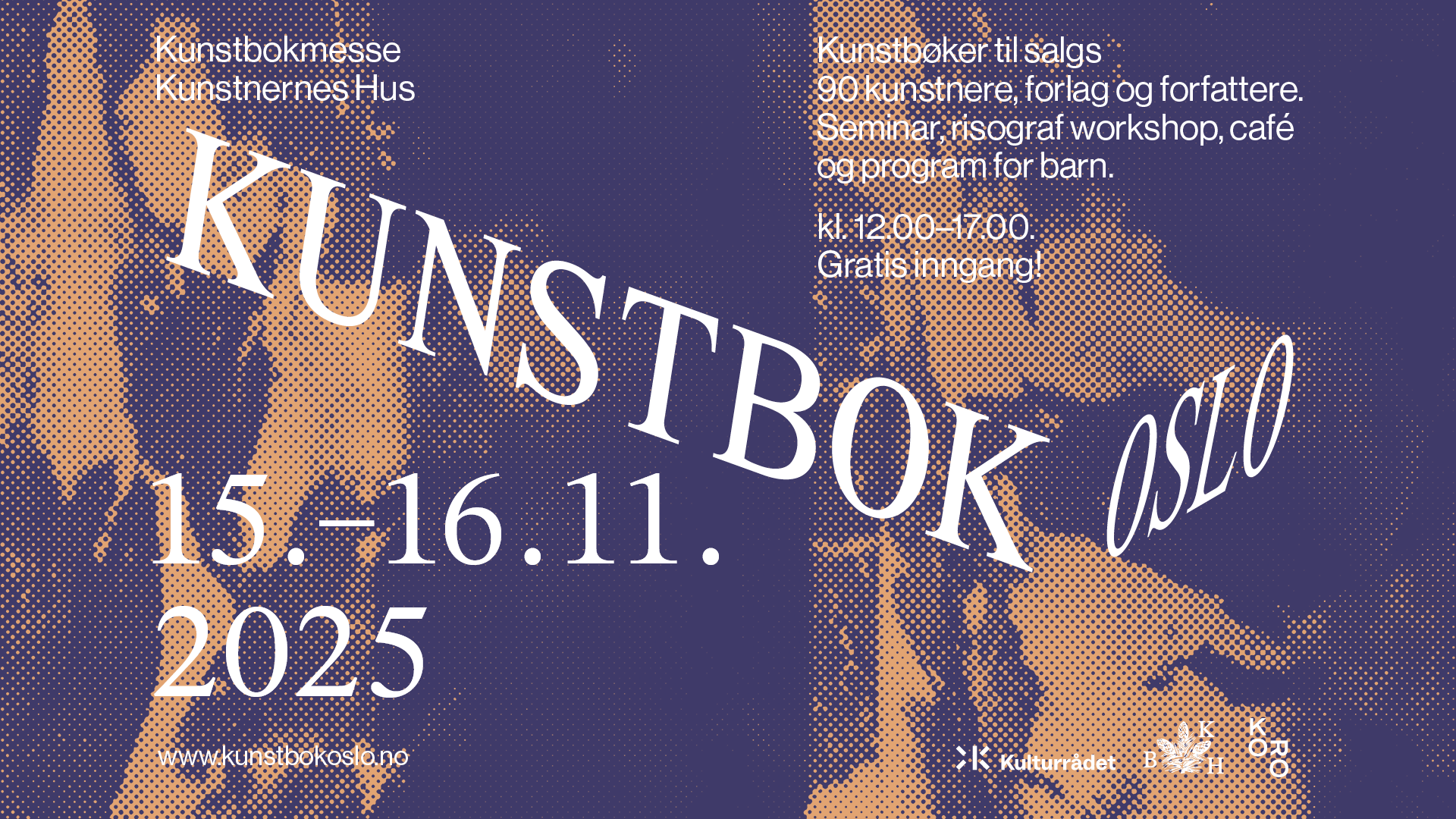

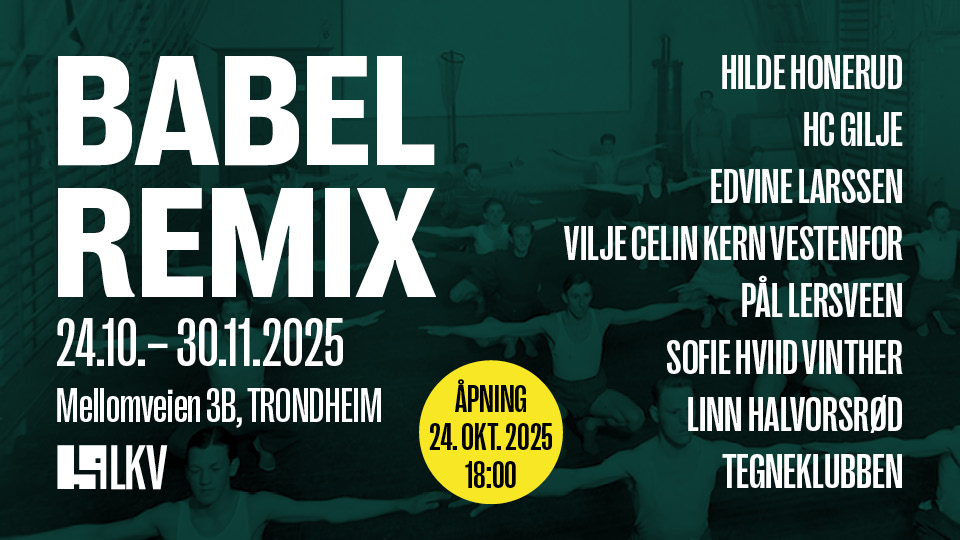
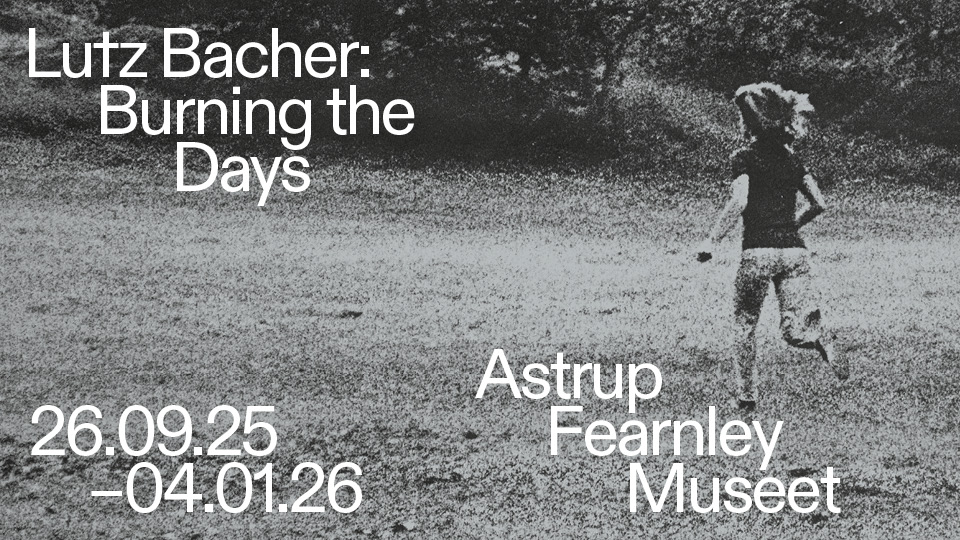
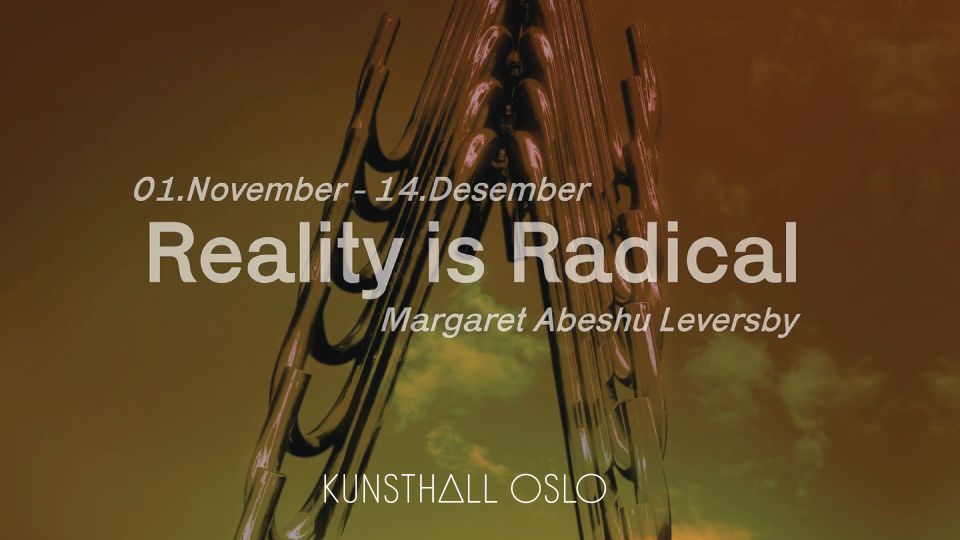
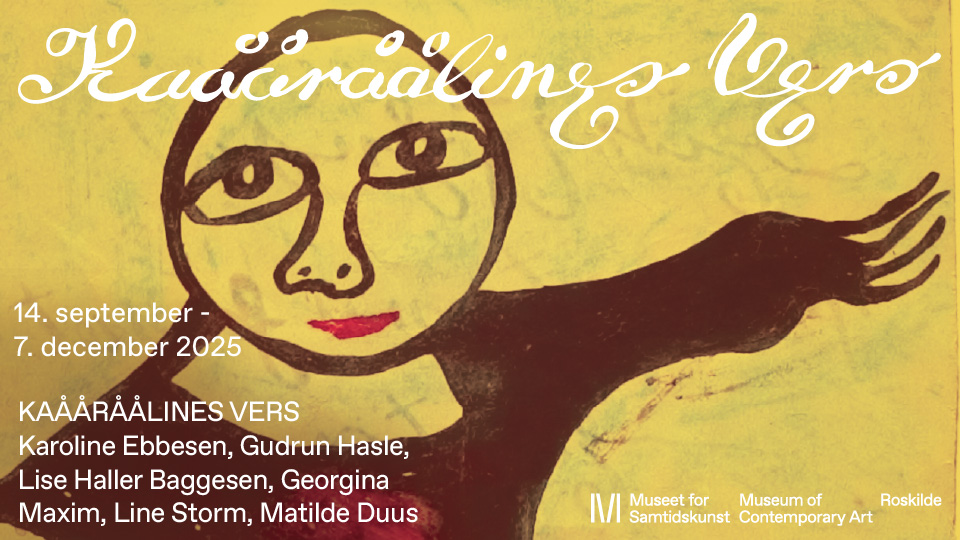
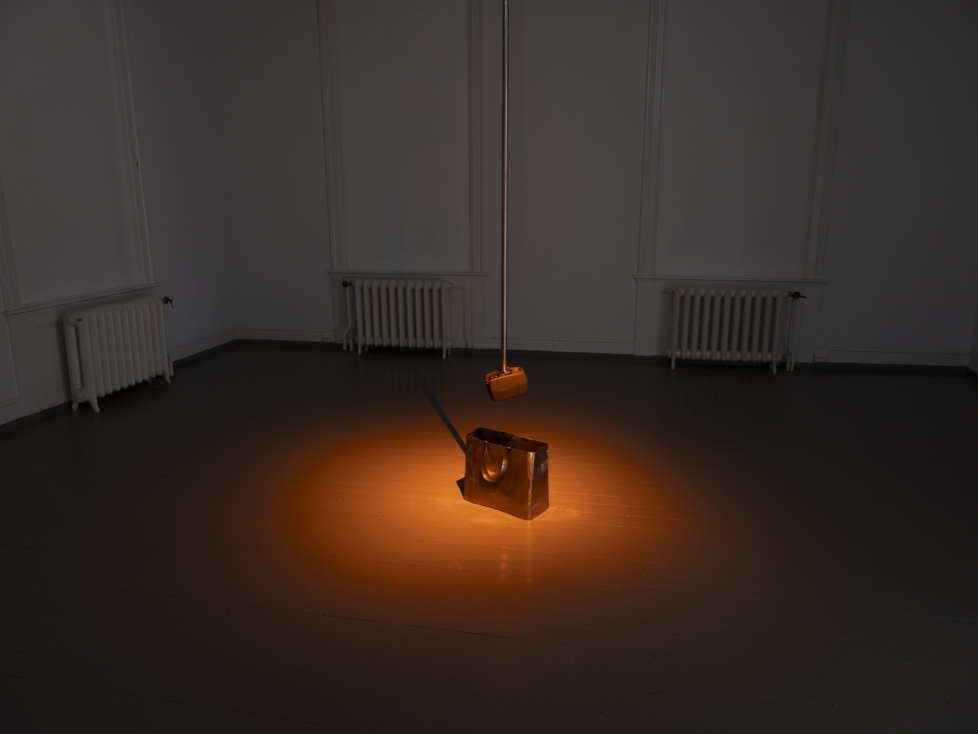
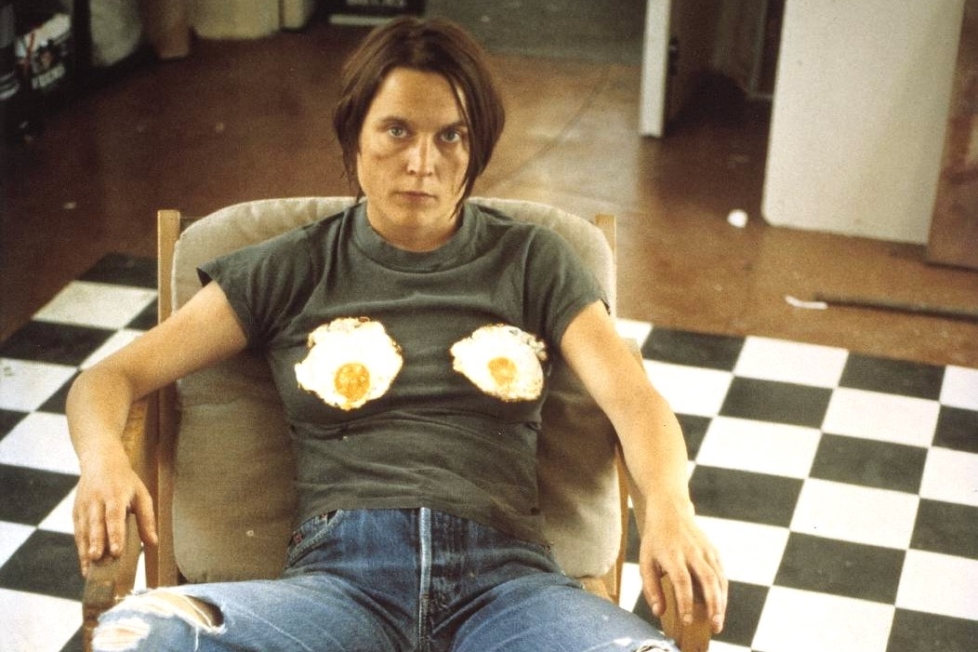
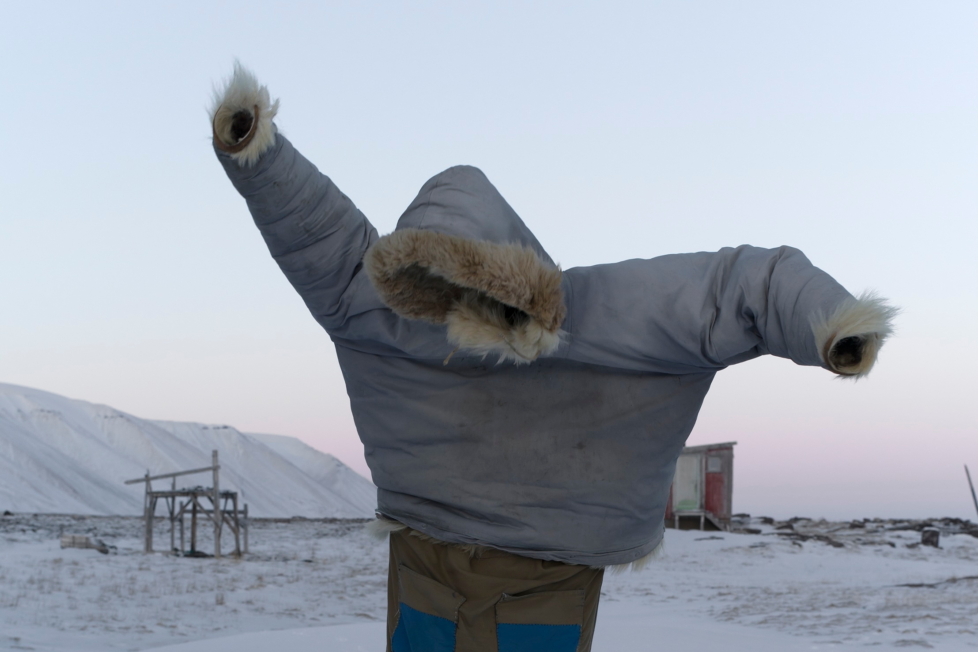
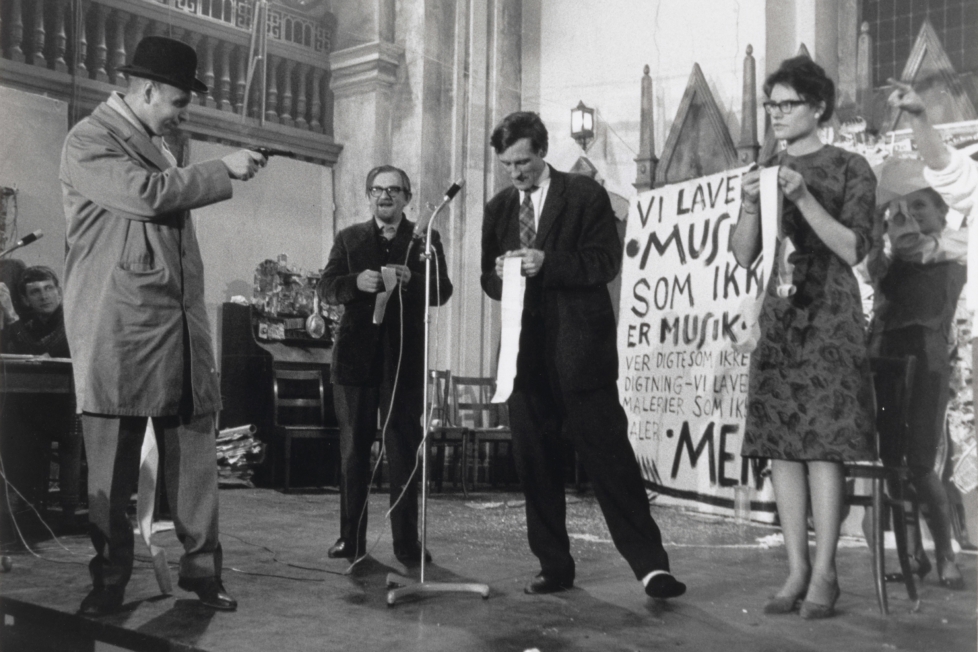
Leserinnlegg